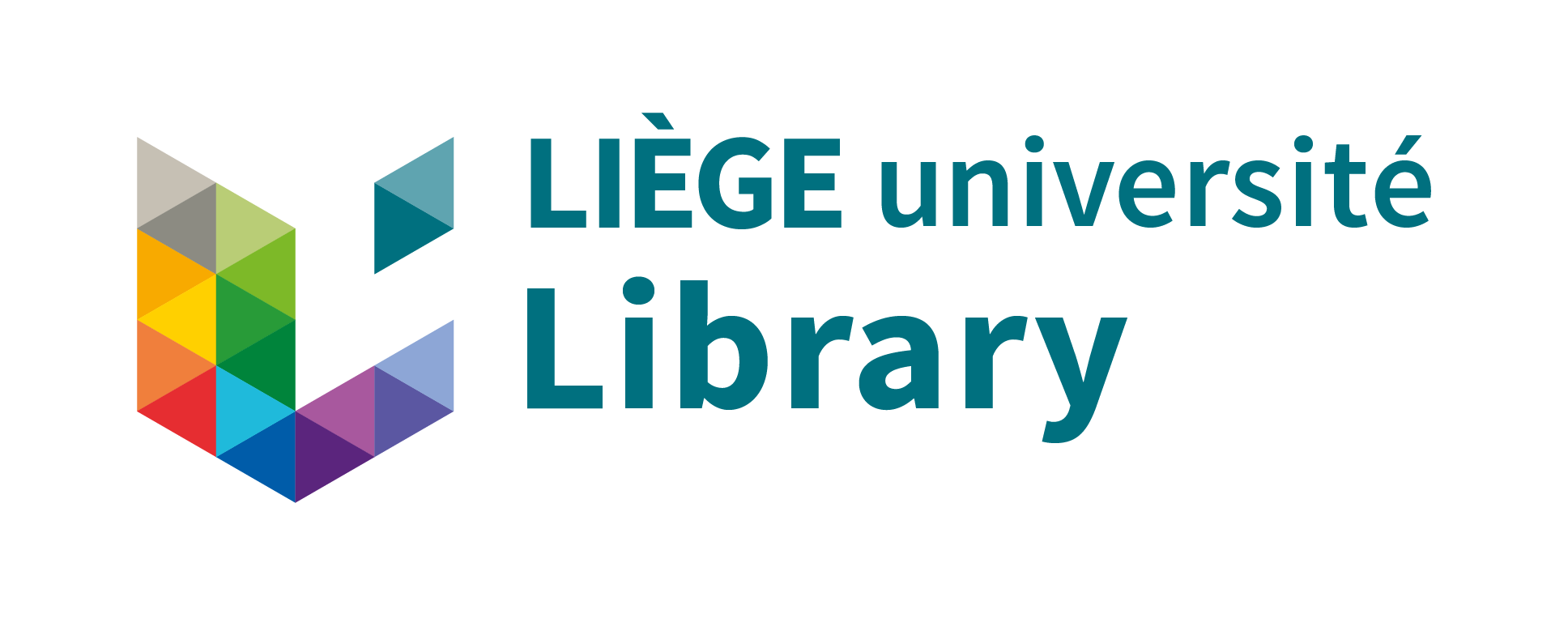Multiple Josephson Junctions interferometer tuned by electromigration
Lespineux, Léa 
Promoteur(s) :
Silhanek, Alejandro 
Date de soutenance : 29-jui-2022/30-jui-2022 • URL permanente : http://hdl.handle.net/2268.2/14798
Détails
| Titre : | Multiple Josephson Junctions interferometer tuned by electromigration |
| Auteur : | Lespineux, Léa 
|
| Date de soutenance : | 29-jui-2022/30-jui-2022 |
| Promoteur(s) : | Silhanek, Alejandro 
|
| Membre(s) du jury : | Dorbolo, Stéphane 
Dupé, Bertrand 
Martin, John 
|
| Langue : | Anglais |
| Discipline(s) : | Physique, chimie, mathématiques & sciences de la terre > Physique |
| Public cible : | Chercheurs Professionnels du domaine Etudiants |
| Institution(s) : | Université de Liège, Liège, Belgique |
| Diplôme : | Master en sciences physiques, à finalité approfondie |
| Faculté : | Mémoires de la Faculté des Sciences |
Résumé
[en] Suggested and implemented in 1964 by R.C. Jaklevic, J. Lambe, A.H. Silver and J. E. Mercereau, Direct Current Superconducting QUantum Interference Devices (DC SQUIDs) are magnetic flux-to-voltage converters that offer an unequalled sensitivity in magnetic field measurement, being able to detect fields amplitude down to 1E-17 T. This exceptional sensitivity coupled to their high frequency operating rate and reduced noise, makes DC SQUIDs the ideal sensors for a broad range of applications including magnetic resonance analysis, microscopic imaging techniques, cosmology, biomagnetic, magnetotellurics and interferometry.
However, SQUID magnetometers' most sensitive domains of applications – e.g. spintronics – require for the devices' size to shrink down to the nanometer scale, where numerous challenges remain in terms of noise, sensitivity and nanofabrication techniques. In this context, we propose electromigration as a robust, simple and scalable tool to tailor SQUIDs' junctions down to a few nanometers in order to improve their performances. We demonstrate in the present work the power of the technique to induce modifications in devices consisting of one to three junctions in parallel. In addition, we introduce a simulation-based study which aims to provide new insights into the electromigration process by computing the device's modifications step-by-step, which allows us to improve our comprehension on the local effects of electromigration.
Fichier(s)
Document(s)

 s170799_LESPINEUX_Lea_MasterThesis.pdf
s170799_LESPINEUX_Lea_MasterThesis.pdf
Description:
Taille: 6.68 MB
Format: Adobe PDF
Citer ce mémoire
L'Université de Liège ne garantit pas la qualité scientifique de ces travaux d'étudiants ni l'exactitude de l'ensemble des informations qu'ils contiennent.


 Master Thesis Online
Master Thesis Online




